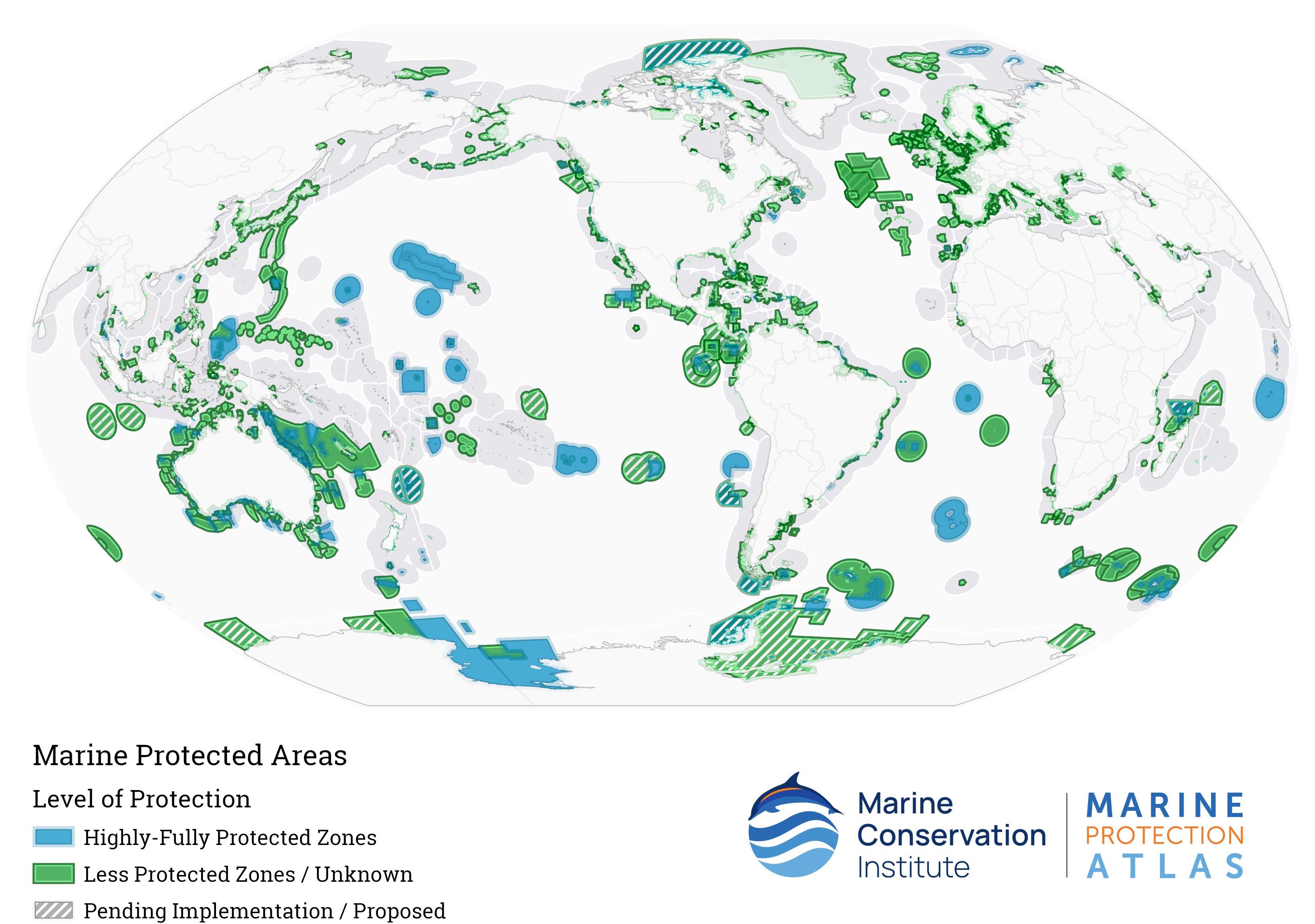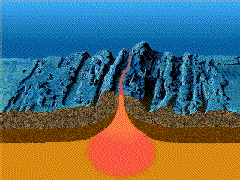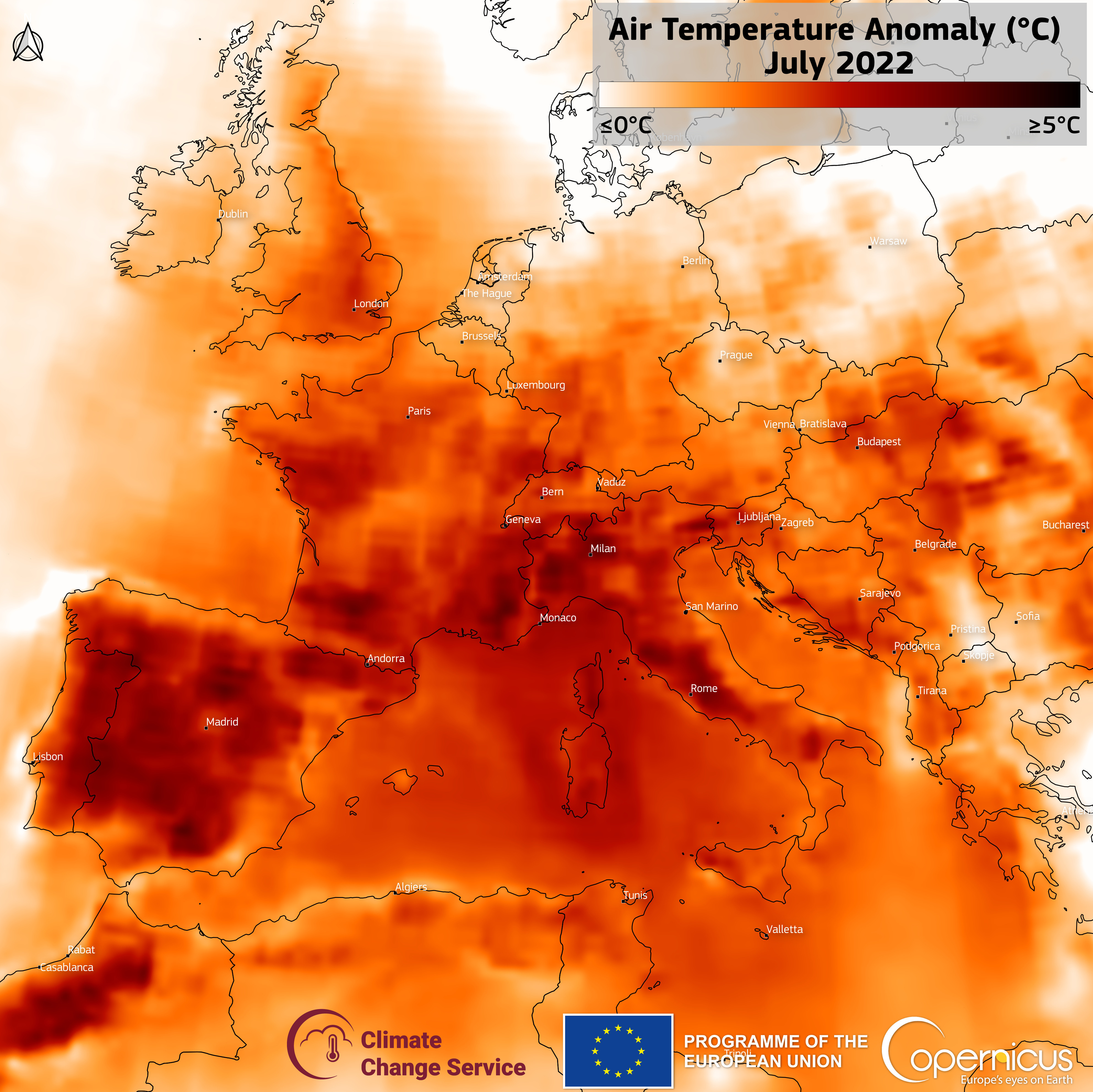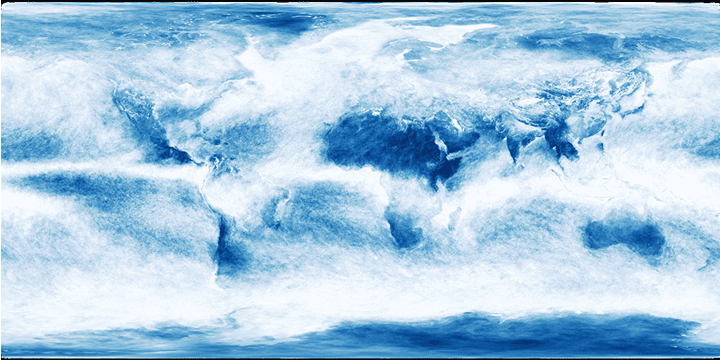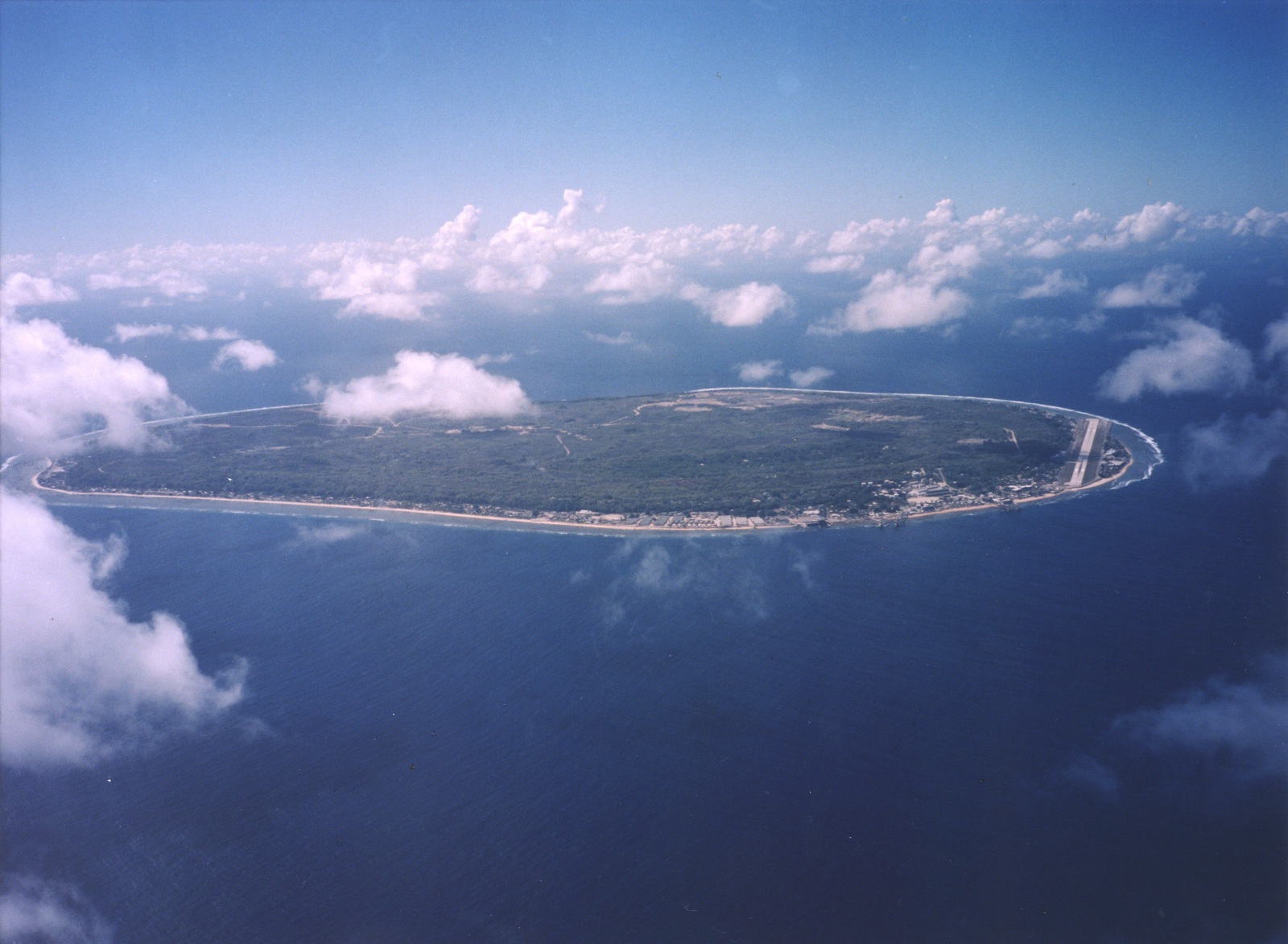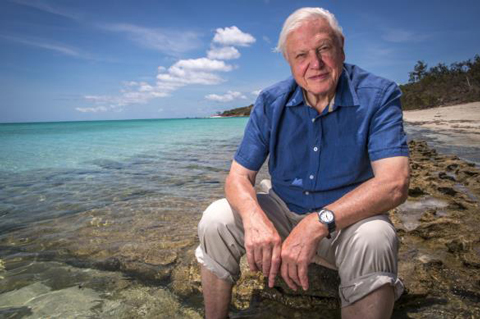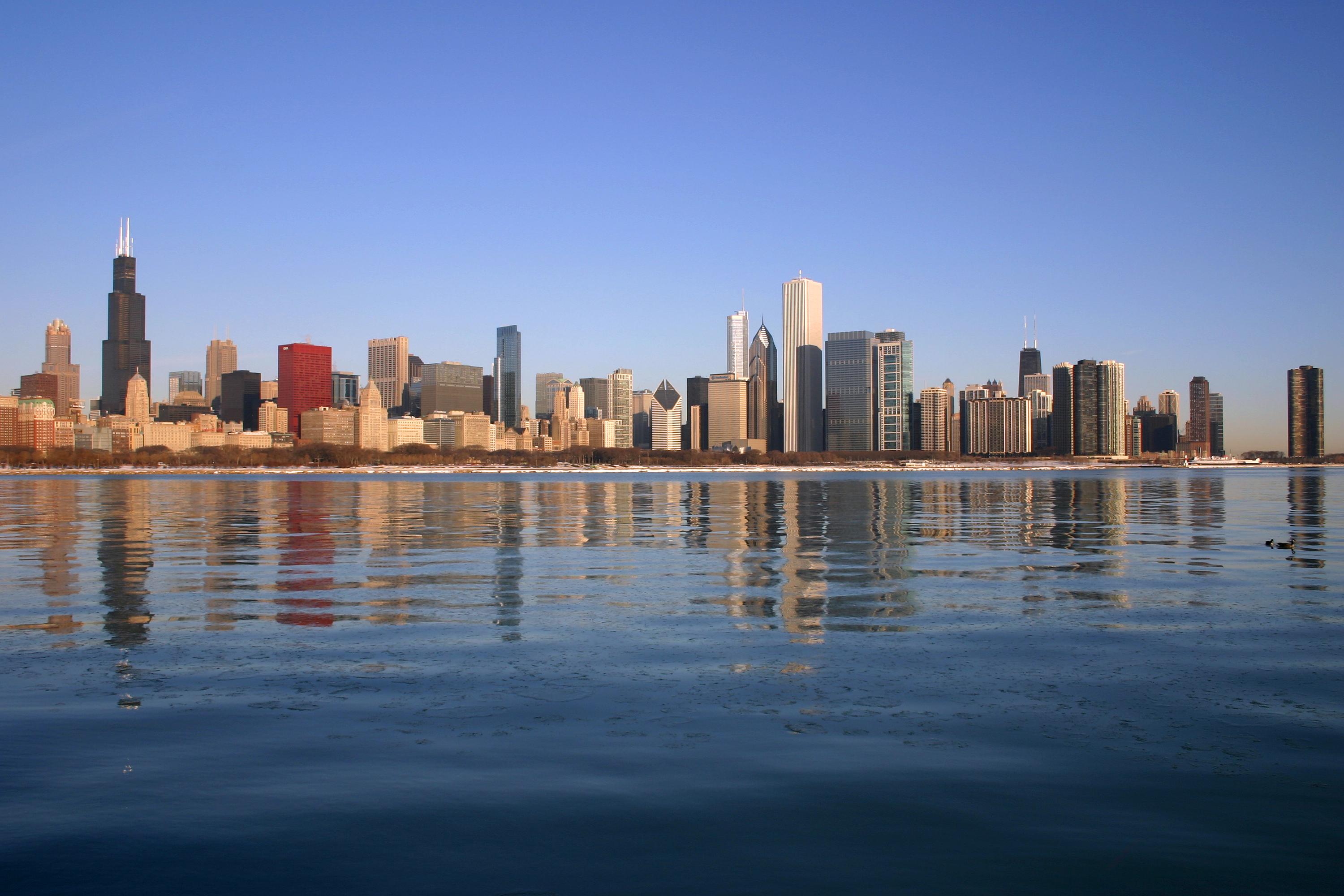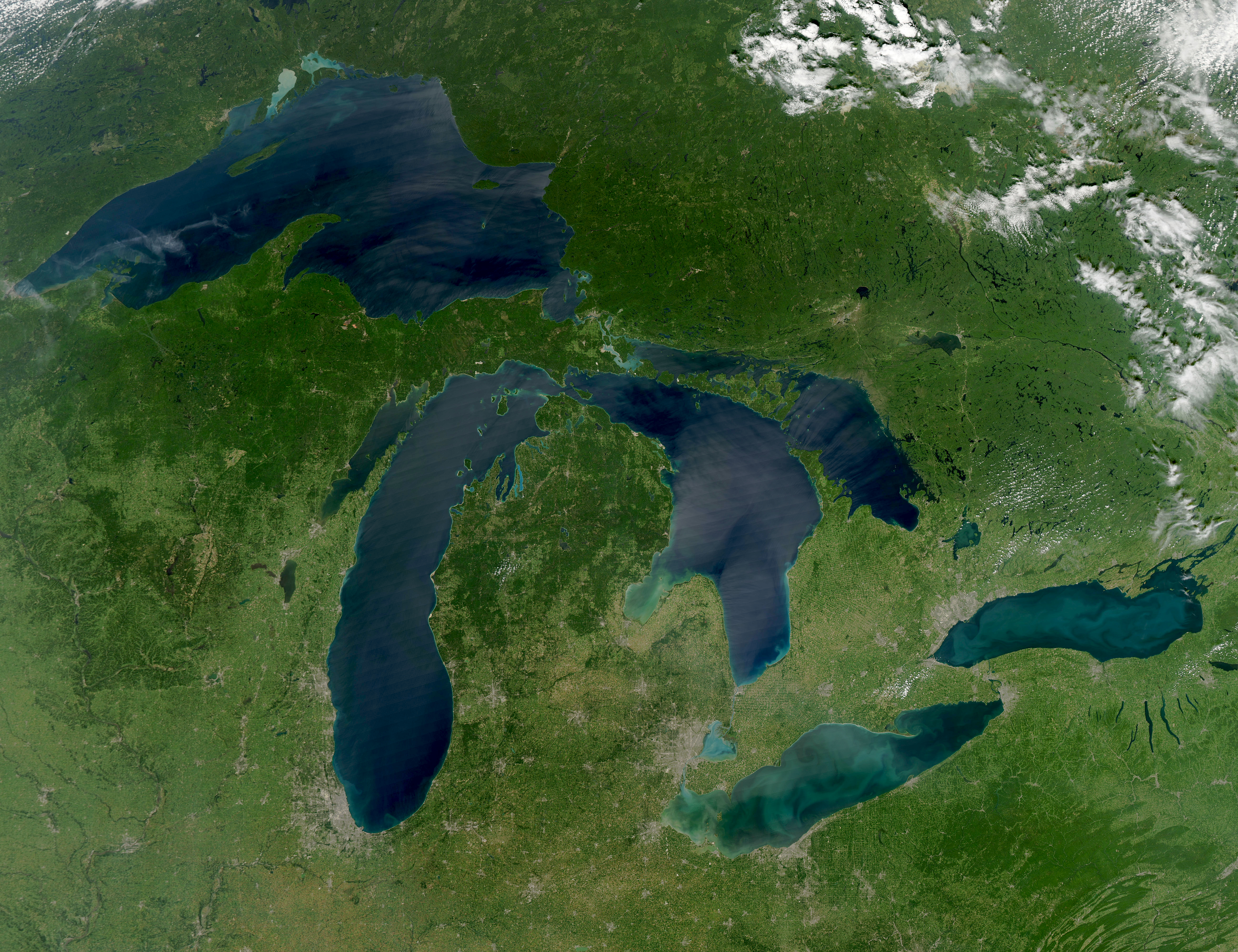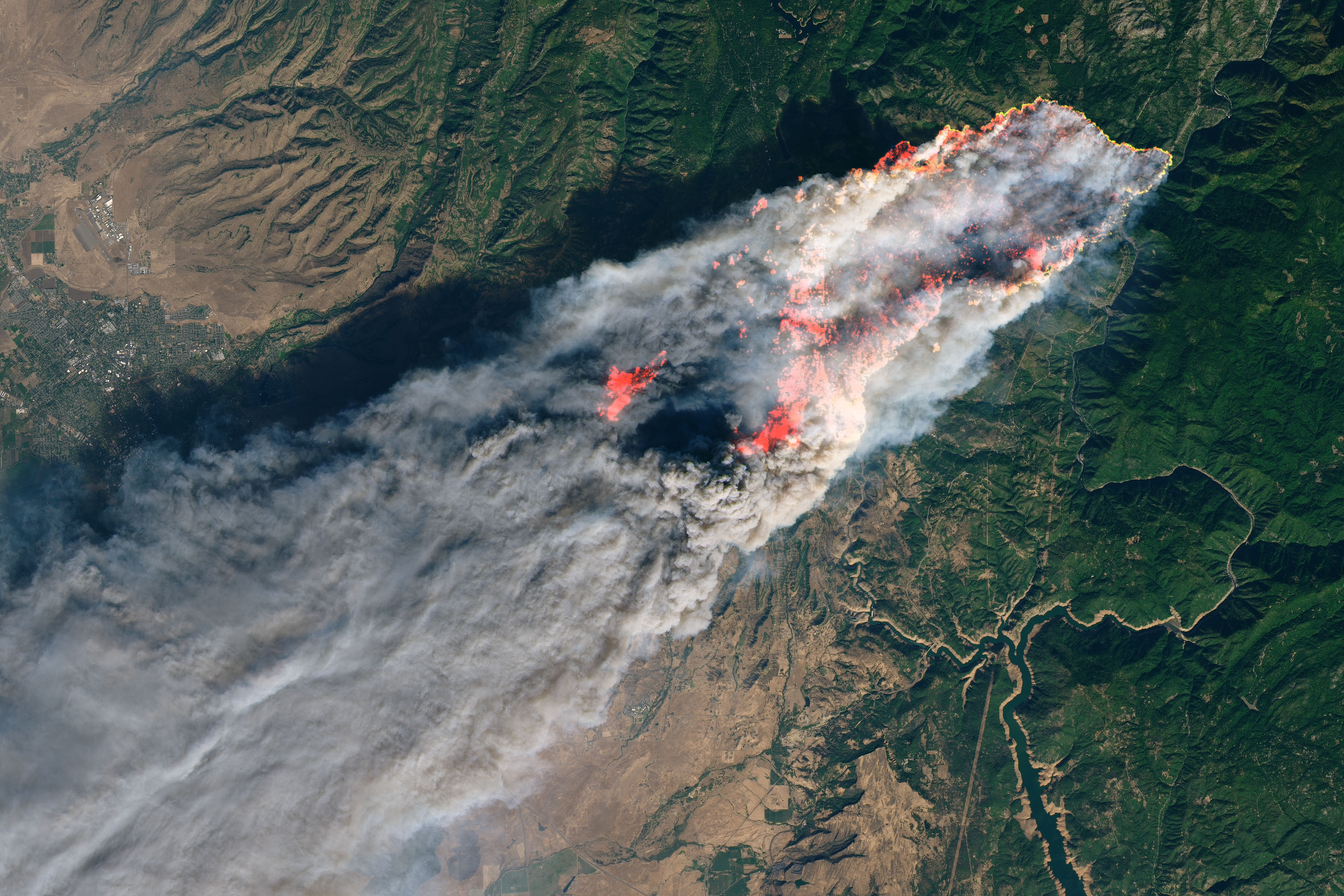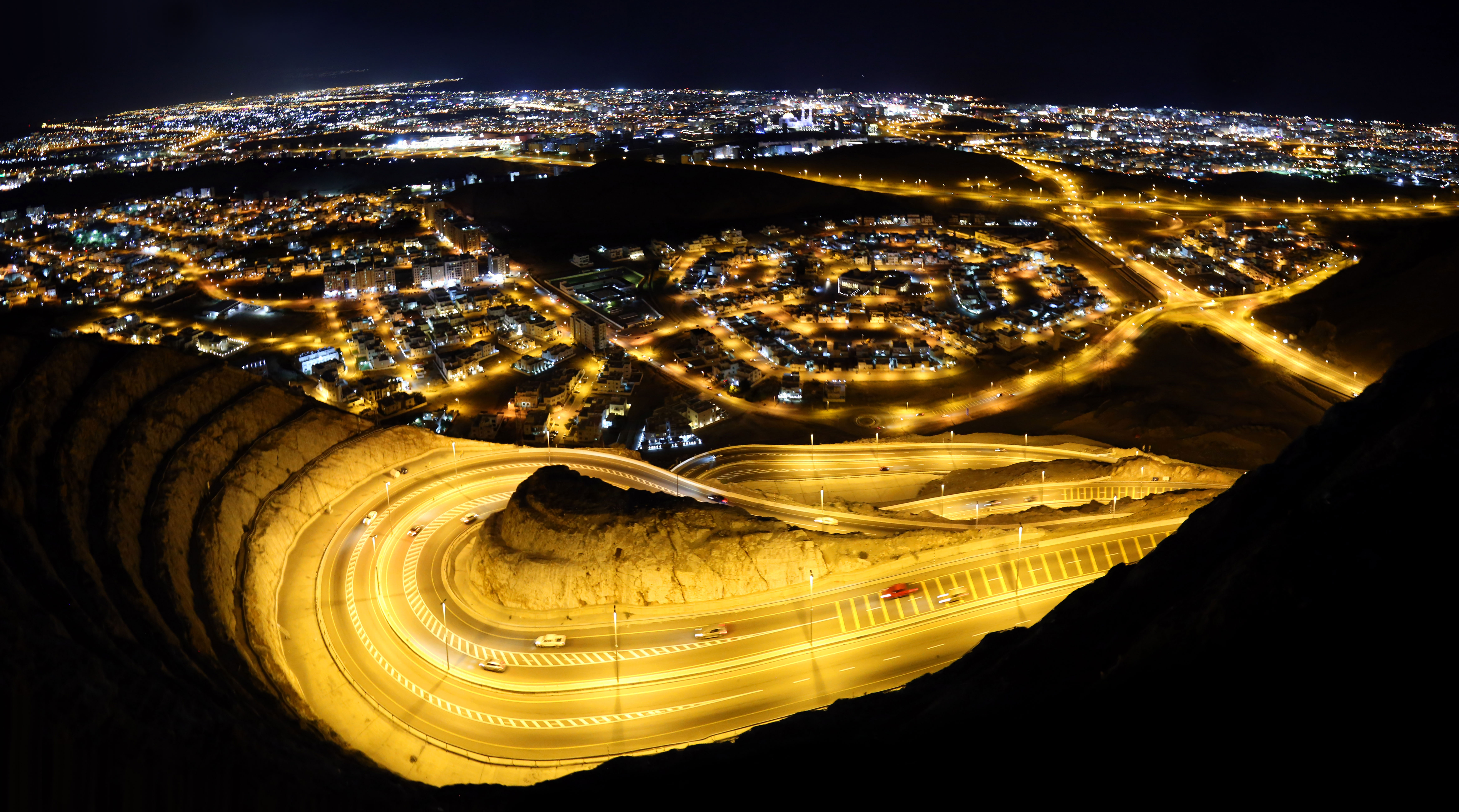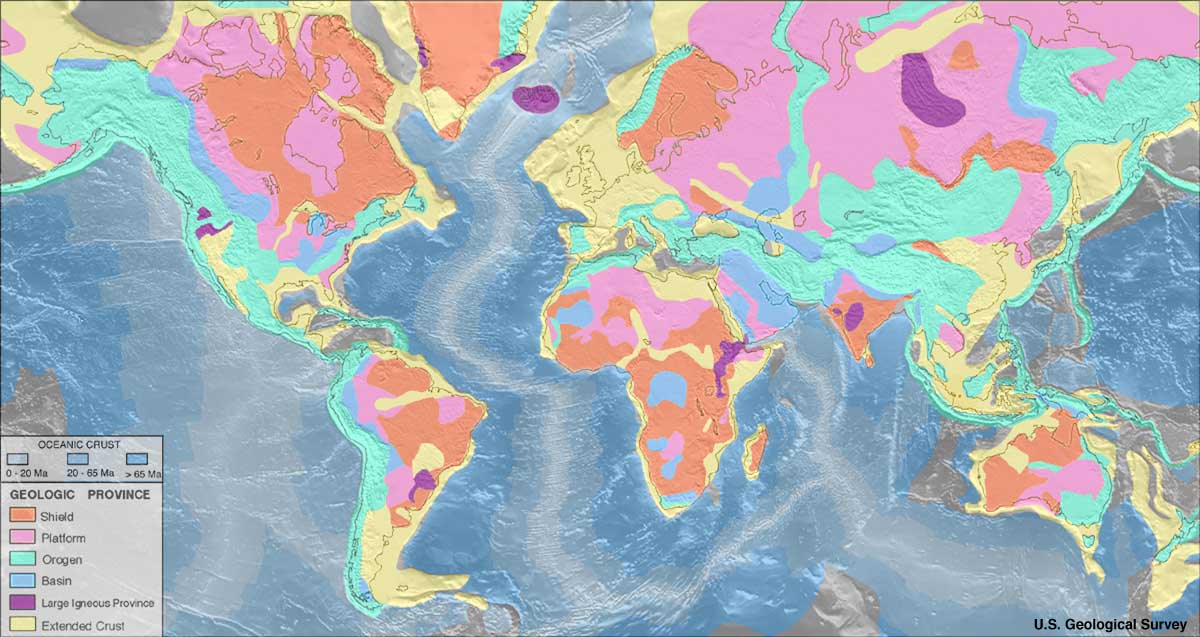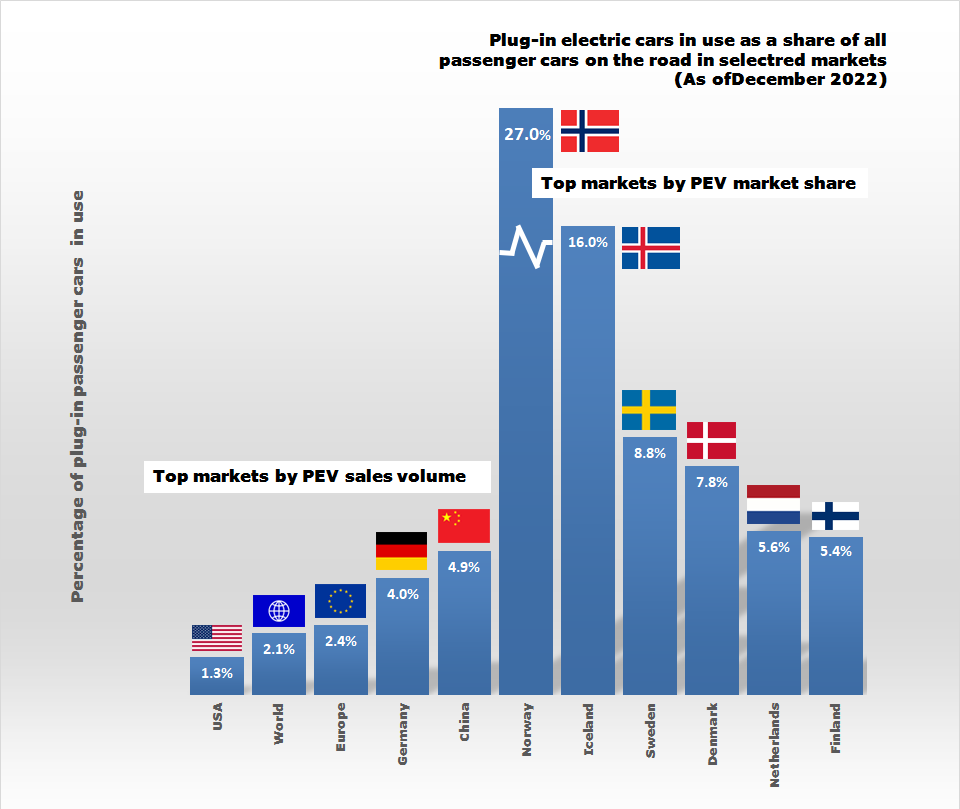
J. Robert Oppenheimer. Portrait from student days in Göttingen, Germany. Image: Public Domain. Included with recognition.
Summer blockbuster movies are meant to entertain, but the film Oppenheimer presents more than an opportunity for three hours in an air-conditioned theatre to escape the record-breaking summer heatwave. The film, about a scientist who for many is the face of the Manhattan Project, is a lesson in hindsight. And maybe a hope for future foresight.

Roosevelt and Churchill could have made a very different decision. Image: Franklin D. Roosevelt and Winston Churchill, 18 January 1943. U.S. National Archives and Records Administration. Public Domain. Included with recognition.
There was a moment in time when, after learning from Albert Einstein and other scientists, that nuclear power as a new form of energy was not only possible but could also be used to destroy the world, a different decision could have been made. In the midst of a troubling war, American President Franklin D. Roosevelt and British Prime Minister Winston Churchill met. Churchill sent a team to work with the Americans. General Leslie Groves, military head of the Manhattan Project, selected J. Robert Oppenheimer as scientific director to develop nuclear energy – in the form of a weapon. This was only part of Einstein’s communication, but it was the first on which action was taken. The Manhattan Project was launched. But the key decision still had not been made.

Manhattan Project’s Trinity test of “Gadget” 16 July 1945. Image from USDE, public domain. Included with recognition.
Roosevelt worried about the decision. He considered informing a war enemy country, perhaps Japan, that there would be a bombing and that all citizens should be evacuated. Then, the bomb would have been dropped, demonstrating the horror and power, and the shock would be sufficient to stop the war. Why was this course of action not followed? After considering the decision, Roosevelt feared the bomb might indeed fall but not detonate, thereby leaving on the field of war a full-scale model to reverse-engineer, improve, and return fire against its creators. Tragically, the decision to move forward was taken by successor President Truman, and terrible injustice rained upon unsuspecting residents of Japan. Oppenheimer, who developed the bomb and witnessed its power when tested, quoted the Bhagavad Gita: “Now I am become Death, the destroyer of worlds.”
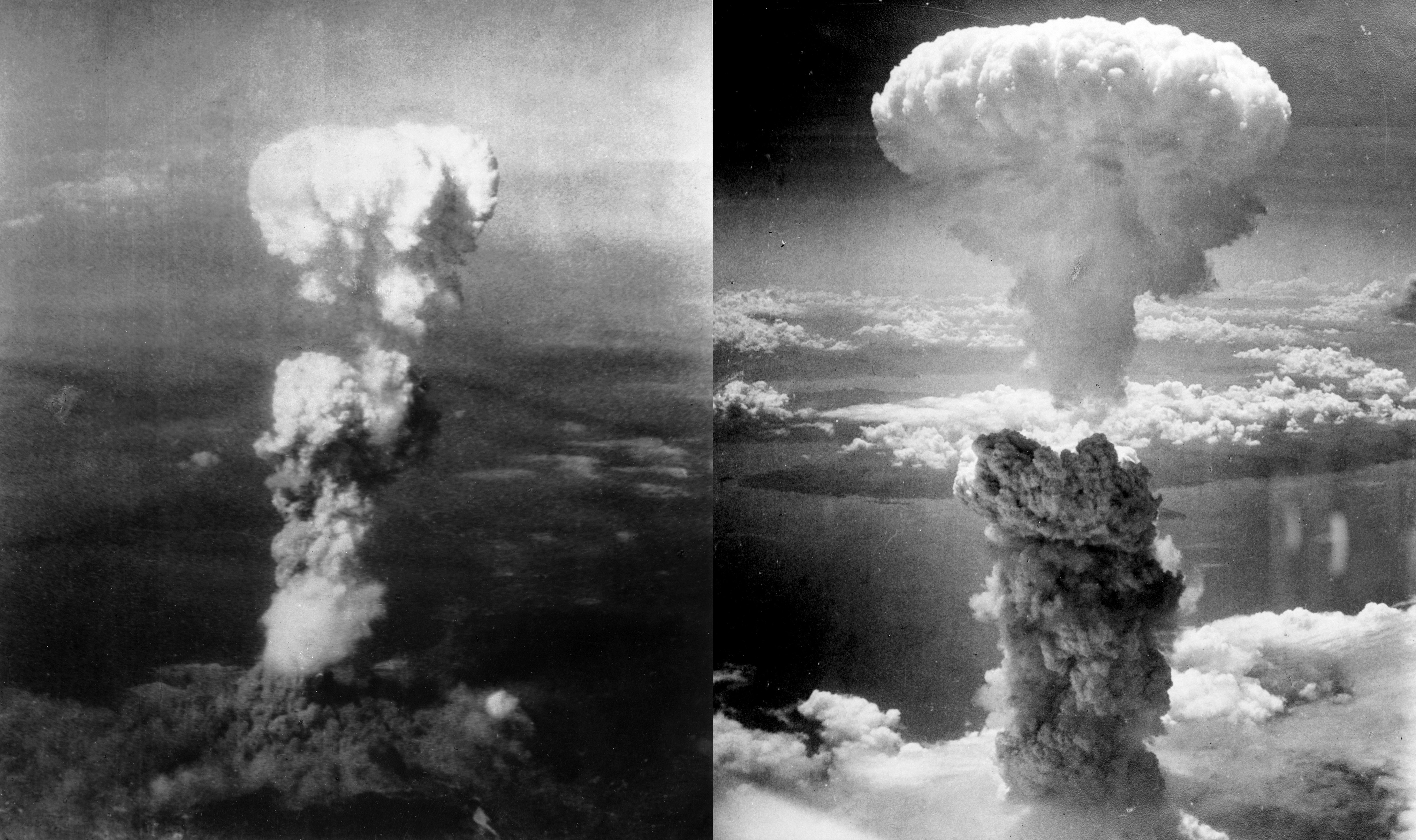
Tragic atomic bombing of Japan, 1945. Image: “Bombs detonating over Hiroshima (left) and Nagasaki (right),” by photographer Sergeant George R. Caron, 1945. Caron was the first person to see the bomb from the air upon detonation. A military officer on the mission, Caron also happened to be a photographer. Public Domain. Included with recognition.
While its purpose was military, the Manhattan Project also demonstrated that people can come together to work on something of great importance, coordinated across geography and through sectors of society, with remarkable speed and efficacy. Tragically, the Manhattan Project, and Oppenheimer’s team, achieved a level of terror and destruction never before seen. But it also developed a new form of energy. What are we to do with this, now?
In 1946, the Atomic Energy Act introduced guidelines for the safe and beneficial use of this potent new form of energy. In Section I, a, the Atomic Energy Act states “It is hereby declared to be the policy of the people of the United States that…the development and utilization of atomic energy shall…be directed toward improving the public welfare, increasing the standard of living, strengthening free competition in private enterprise, and promoting world peace.” The Peace Symbol, created by Gerald Holtom in 1958 by combining semaphore letters (Semaphore is signal system using visuals that can be read at a distance. In the 19th century, ships began to communicate via semaphore flags – it this system that Holtom used.) “N” and “D” to signal nuclear disarmament, remains an important and inspirational icon, reaching beyond the original meaning to a broader call to peace. But its source and heart developed from the very issue that the Oppenheimer film explores.
The Peace Symbol created by Gerald Holtom combines the semaphore letters “N” (Nuclear) and “D” (Disarmament). Image: Gerald Holtom. Public Domain. Included with appreciation.
What should the future of nuclear energy be? Oppenheimer’s last words on the subject remain controversial but include “the peacetime applications of atomic energy will have in them all that we think, and more.” The original atomic energy was achieved through fission – dangerous then and still troubling now. Small modular reactors (SMR) are bringing fission energy to a new and less dangerous scale. Reuse and recycling of nuclear waste is similarly changing energy practice. Many energy experts state that we may need nuclear power as a supplement to other forms of renewable energy like solar, wave, and wind. But it is also true that nuclear plants, even SMRs, are still vulnerable, as recent military history in Ukraine warns. Recently, fusion energy may soon offer a capability that could achieve the dual goals of carbon-free energy and world cooperation. Fusion energy advances in ITER in France and in the United States, among others, may produce options in the near future.
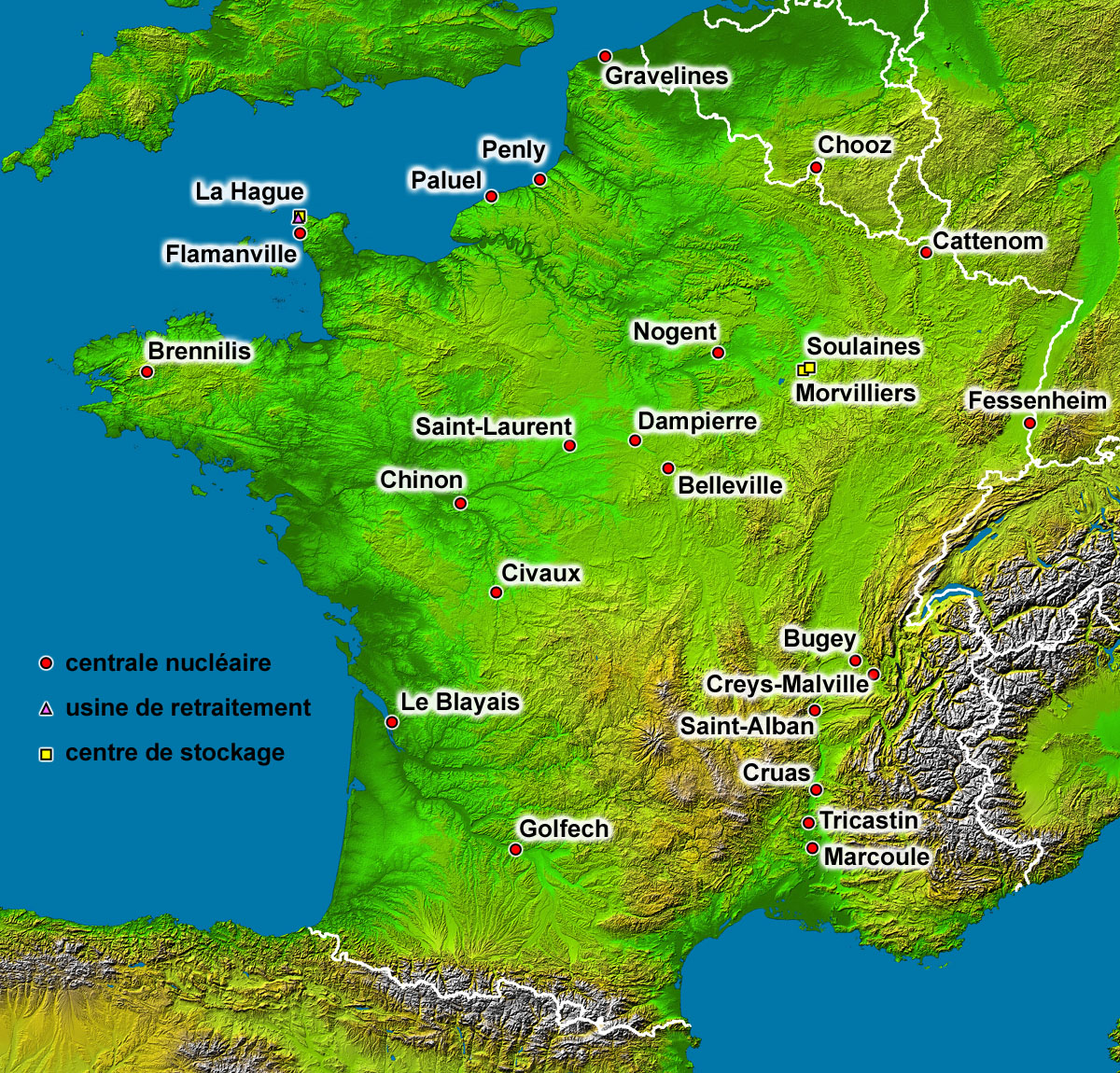
Nuclear power is a major energy source in France. Image: “Nuclear plants map of France” by Eric Gaba, based on NASA satellite data, public domain. Included with recognition,
Nuclear capability remains with us, but the stain of nuclear tragedy also remains, as the Oppenheimer movie reminds us. Oppenheimer is often called the “American Prometheus,” after the fire-stealing Greek Titan, whose brother was Epimetheus. Prometheus means “forethought;” Epimetheus means “hindsight.” What is your view of nuclear energy? How can we use what we know, through hindsight, to lead a future informed by foresight?

Prometheus means “foresight.” Epimetheus means “hindsight.” Image: Nevit Dilmon. Creative commons 3.0. Included with recognition.
Bird, Kai and Martin J. Sherwin. American Prometheus. 2006. ISBN: 0375726268
Bobin, Jean Louis. Controlled Thermonuclear Fusion. 2014. ISBN: 9789814590686
Davidson Frank. P, and K. Lusk Brooke. “The Manhattan Project and the Atomic Energy Act,” pages 477-514, Building the World. Volume 2. ISBN: 0313333742.
Gates, Bill. “Interview with Bill Gates on Nuclear Energy and Reaching Net Zero.” 21 October 2022. International Atomic Energy Agency (IAEA). VIDEO. https://www.youtube.com/watch?v=y4pDyQzguJE
ITER. https://www.iter.org
Lawrence Livermore National Laboratory (LLNL) National Ignition Facility. “Fusion ignition breakthrough hailed as ‘one of the most impressive scientific feats of the 21st century'” 5 December 2022. https://www.llnl.gov/news/shot-ages-fusion-ignition-breakthrough-hailed-one-most-impressive-scientific-feats-21st
Nolan, Christopher interviewed by Dennis Overbye. “Christopher Nolan and the Contradictions of J. Robert Oppenheimer,” 20 July 2023. The New York Times. https://www.nytimes.com/2023/07/20/movies/christopher-nolan-oppenheimer.html
Oppenheimer, J. Robert. “Now I am become Death,” speaking of the bomb. VIDEO. Atomic Archive. https://www.atomicarchive.com/media/video/oppenheimer
Oppenheimer, J. Robert. “Farewell Speech,” 2 November 1945, Association of Los Alamos Scientists. Atomic Heritage Foundation. Nuclear Museum. https://ahf.nuclearmuseum.org/ahf/key-documents/oppenheimers-farewell-speech/
Rhodes, Richard. The Making of the Atomic Bomb. 1986. ISBN: 9780671657192
United States Congress “Atomic Energy Act of 1946” Public Law 585, 79th Congress, Chapter 724, Second Session S. 1717. https://www.atomicarchive.com/resources/documents/deterrence/atomic-energy-act.html
Great appreciation to Jean-Louis Bobin and Lucien Deschamps for sharing research.
Building the World Blog by Kathleen Lusk Brooke and Zoe G. Quinn is licensed under a Creative Commons Attribution-NonCommercial-NoDerivs 3.0 U




